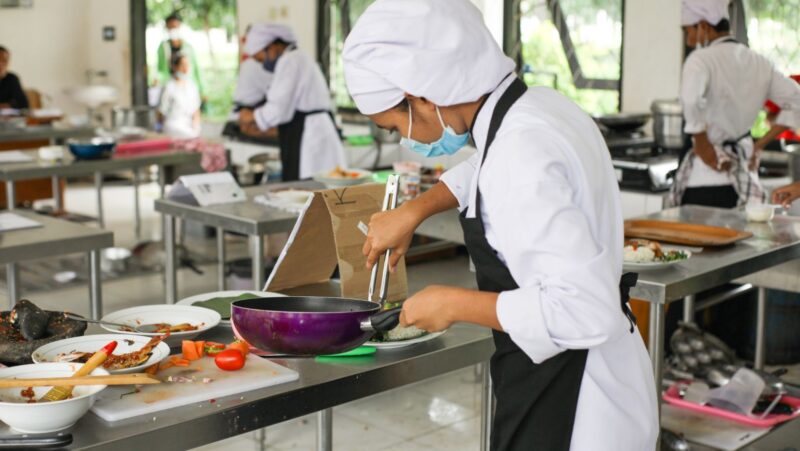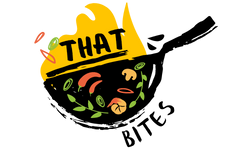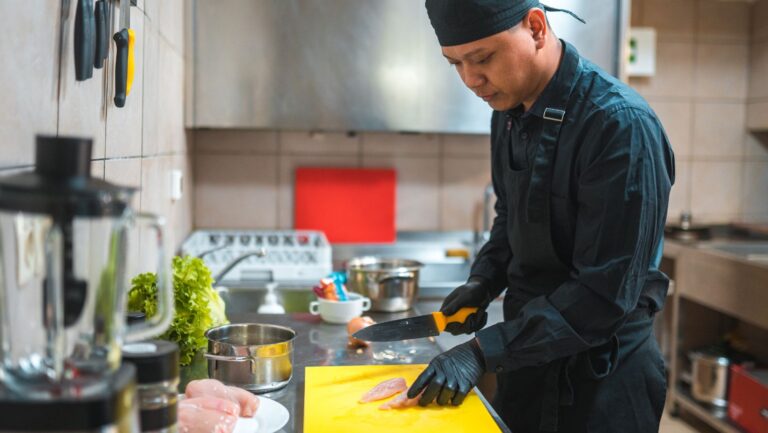Uniforms in the food industry are far more than fabric stitched into coats, aprons, or hats. They carry a hidden language, one that communicates professionalism, hierarchy, culture, and even the values of a business. Whether in a fine dining restaurant or a bustling café, uniforms silently shape the customer’s perception and influence how staff feel about themselves.
Communicating Professionalism
A crisp, clean chef’s jacket instantly conveys credibility. It tells customers that the person preparing their food adheres to high standards of hygiene and discipline. In many ways, the uniform is the first promise a restaurant makes to its diners: that the food will be prepared with care.
Defining Roles and Hierarchy
In professional kitchens, uniforms serve as a visual hierarchy. The head chef often wears a distinctive jacket style or color, making their leadership immediately recognizable. Sous chefs, line cooks, and kitchen assistants may wear variations that differentiate their roles, creating clarity in fast-paced environments where communication needs to be non-verbal as much as spoken.
Building Team Identity
Uniforms are also powerful tools for creating unity. When staff wear coordinated attire, they represent a single team rather than a group of individuals.
Reflecting Brand Values
Uniform choices also mirror the values of a business. A casual café might choose bright, relaxed styles to align with a friendly atmosphere, while a fine dining restaurant might favor tailored jackets in classic white to reflect tradition and refinement. Increasingly, sustainability has entered this hidden language too, with many businesses opting for eco-friendly fabrics that highlight responsibility as a core value.
Balancing Function and Style
Of course, uniforms are not only symbolic; they’re practical. Chef coats are designed to protect against heat, spills, and stains while allowing freedom of movement. Yet today, style has become just as important as function. Modern uniforms blend practicality with contemporary design, giving chefs and staff the confidence to express themselves without compromising safety or efficiency. For businesses seeking the perfect balance, shop directly here at www.chefwear.com/chef-coats-jackets to explore ranges that unite comfort, professionalism, and style.
Connecting Tradition with Innovation
The history of chef uniforms dates back centuries, with the traditional white coat symbolizing purity and professionalism. While these roots remain respected, today’s uniforms also embrace innovation through breathable fabrics, tailored fits, and modern color palettes. This blend of heritage and progress keeps kitchens connected to their past while meeting the demands of contemporary dining culture.
Empowering Staff Through Identity
Uniforms do more than project an image to customers. In fact, they empower those who wear them. When staff feel comfortable and stylish, their sense of pride and ownership grows. A uniform can make a young apprentice feel like part of something larger, and it can give seasoned chefs a sense of authority that encourages leadership. This psychological impact makes uniforms a vital part of building confidence and motivation in the workplace.
Influencing Customer Perception
Ultimately, the hidden language of uniforms extends to the customer’s experience. A sharply dressed team sets expectations before a meal is even served. It reassures diners that the establishment values quality and professionalism, adding a subtle but powerful layer to the overall dining journey.
Closing Thoughts
Uniforms in the food world are more than clothing—they’re a form of communication. They tell stories of professionalism, tradition, innovation, and identity.
For restaurants in remote locations, partnering with reliable Satellite Internet providers can also enhance operations—from digital reservations to seamless payment processing—further reinforcing that same standard of excellence.

